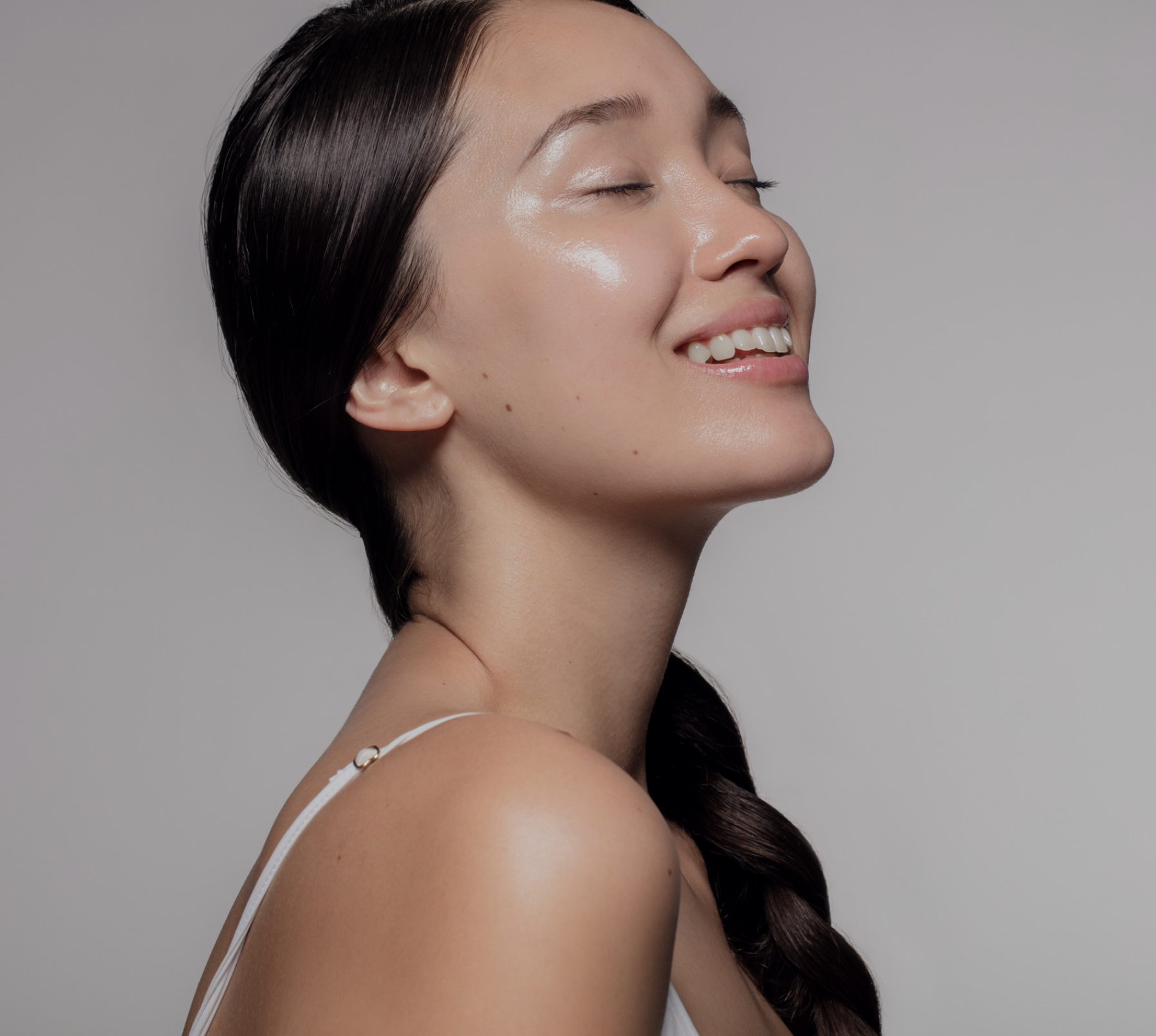Do you need a freshen-up or want to get even skin tone, then a chemical peel may be the answer.
Chemical Peels help to improve skin quality, a superficial to moderate chemical peel is ideal for pigmentation and subtle rejuvenation of the face or neck skin.
Cosmetic medicine has advanced in recent years; we no longer have only two choices, surgery or accept the signs of ageing. There are an array of non-invasive non-surgical options to enhance your skin tone and texture, including having a chemical peel.
By removing the damaged outer layers of skin during the peel, it can help to refresh and revive your skin while significantly reducing some sunspots, freckles, rough scaly patches, wrinkles, skin pigmentation issues and the overall appearance of the skin on the face and neck.
The strength of the chemical peel governs the depth. Some peels are milder, often known as “lunch hour” peels, which normally cause less peeling of the outer layers of skin, so this is often a good introduction to chemical peels.
There are a variety of chemical peels available, so contact our cosmetic aesthetic team to discuss what results you would like to achieve.
Chemical Peels
Frequently Asked Questions
-
Cosmetic Image Clinics is owned and operated by former AMA Qld President and TV Medical Journalist Dr Ingrid Tall who has over twenty years of experience in the cosmetic medicine industry. Our clinic is medically supervised and if experience, credibility and a ‘natural look’ is what you are looking for, then make Queensland’s largest cosmetic clinic, Cosmetic Image Clinics your preferred provider.
-
Chemical Peels will improve cellular renewal and enhance the exfoliation process of the epidermis, the outermost layer of the skin.
At Cosmetic Image Clinics we offer a variety of chemical peels including Jessner’s, AHA; BHA; and TCA.
Subject to your skin condition or desired outcome will depend on which type of peel is used. Each peel is applied in a similar manner, however the duration of peeling will vary according to strength and type of peel.
Your practitioner will advise all aspects of the treatment prior to commencing. Often a course of peels (4 to 6) may be required to achieve the best result.
-
Your skin condition and your desired results will determine what level of peel is recommended and this is assessed on an individual basis by your practitioner.
The peel is suitable for most skin types and is effective for the following skin conditions:
Sun Damage
Pigmentation (sunspots and melasma)
Enlarged pores
Acne and congested skins (blackheads, whiteheads and pimples)
Fine lines and wrinkles
Rough patches and dry, scaly skin
-
All chemical peels involve applying a chemical solution to remove the outer layers of skin so that a smoother, more evenly pigmented, glowing layer of skin can appear.
There are a few basic categories of chemical peels (Alpha Hydroxy Peels, Beta Hydroxy peels, Retinoic Acid peels, Trichloroacetic Acids and Phenol Peels).
Each type works differently and produces different results. Your practitioner may choose one of the chemical peels we offer. Our preference now is to replace Phenol peels with alternatives such as the Fractora™ fractional resurfacing radiofrequency machine by Invasix.
Your practitioner will tailor the treatment to the needs of your skin. In general, the stronger the chemical, the deeper the peel; thus, the more impressive the results will be. However, the deeper the peel, the more discomfort the patient is likely to experience and the longer the recovery time will be. Deeper peels may not be suitable for all skin types.
Light peels: Alpha Hydroxy Acids (AHAs) or Beta Hydroxy Acids (BHA’s) or “lunch hour” peels are the mildest of the chemical peels. These peels include glycolic, lactic and fruit acid peels (AHA or Alpha Hydroxy Acids) or Salicylic Acid (BHA or Beta Hydroxy Acid). They work on the outer layers of the skin (epidermis) to smooth out fine wrinkles and/or rough, dry skin.
AHA and BHA peels may also be used to improve the texture of sun-damaged skin, balance out skin pigmentation and diminish some types of acne scars. Salicylic Peels tend to be better suited for skins prone to acne and Lactic Acid Peels are more suited for sun-damaged skin. These peels are often repeated several times over a short period to achieve the desired results.
The application of AHA, BHA, or chemical peels is relatively fast and simple. No sedation or anaesthesia is required, since the patient only experiences a slight stinging when the solution is applied. The treatment usually takes about 10 to 15 minutes, but the practitioner may vary the concentration of the chemical solution or the length of time of the treatment.
-
Not all patients are recommended to have Chemical Peels so make sure you consult your practitioner if any of the following apply:
If you are pregnant
If dermatitis or skin infection is present in the area to be treated
If you have allergies to aspirin based products (salicylates), resorcinol or lactic acid
If you suffer from abnormal wound healing
-
To get the best from a peel we recommend that you prepare your skin for at least two weeks prior to treatment. Please consult with your practitioner for a specific skin care regime to optimise the results of your peel.
By preparing your skin you will assist in reducing the risk of post peel complications and enhancing your skin’s healing time. To find out more about the Chemical peel, contact us today to arrange a consultation with one of our aesthetic team.


